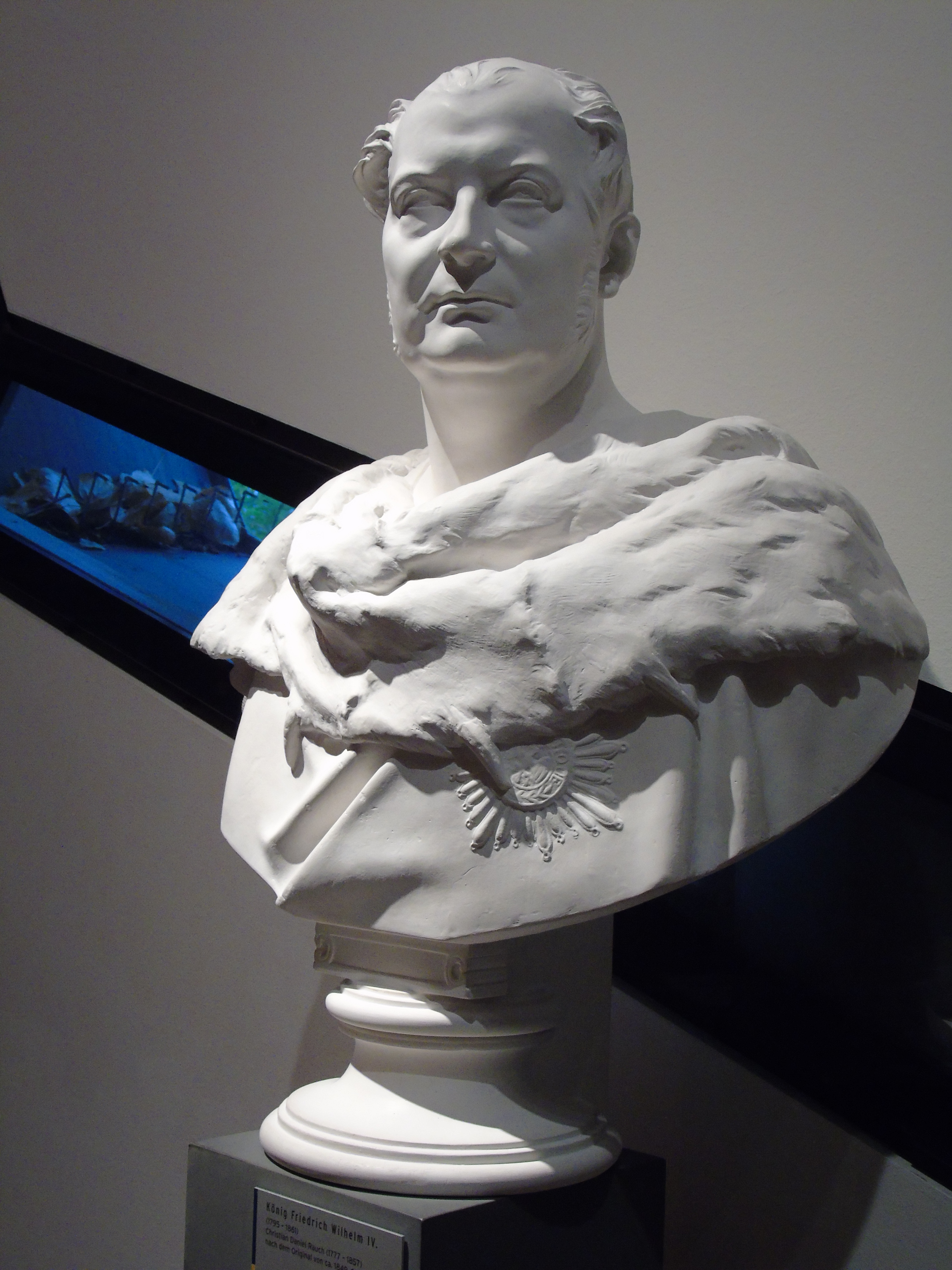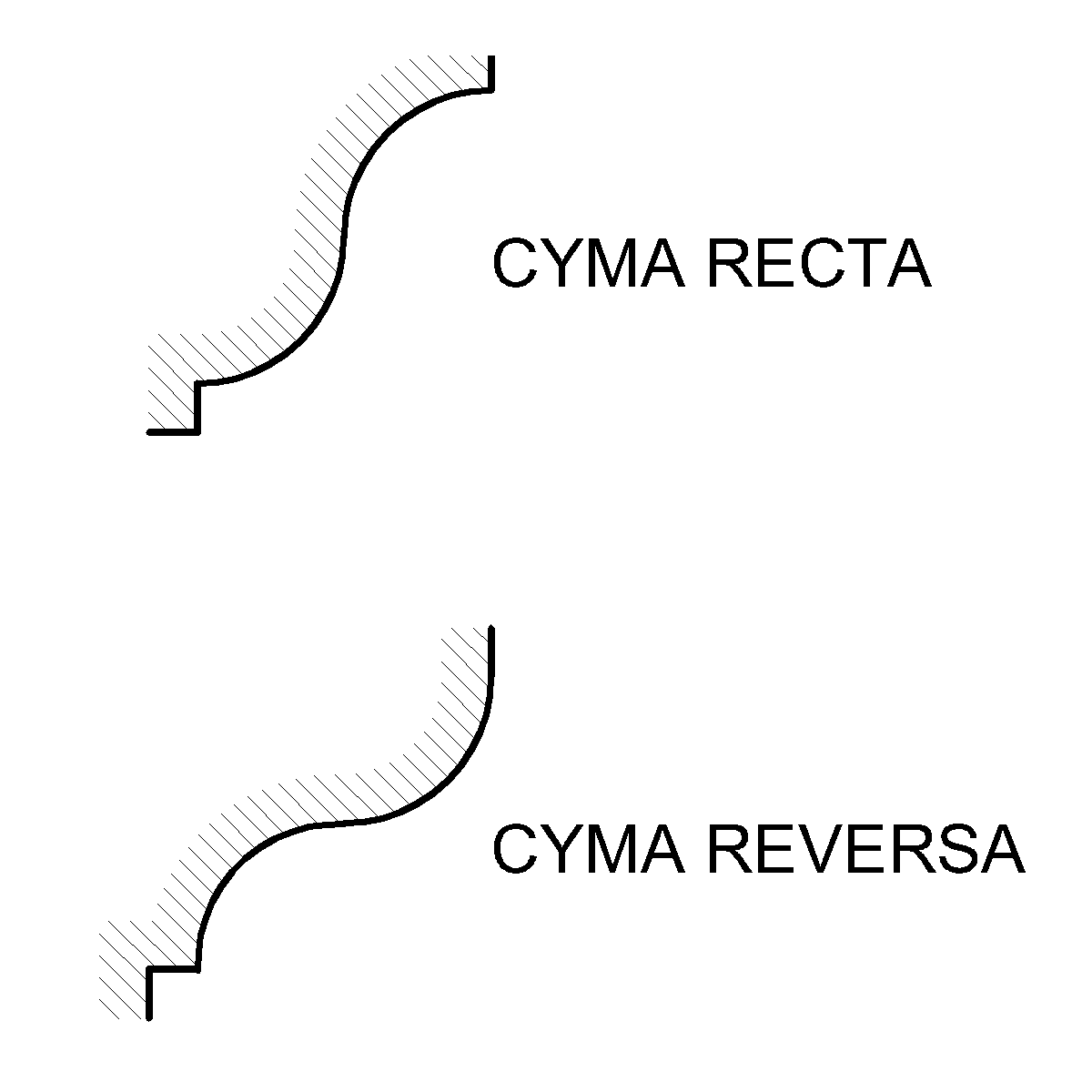|
Mohale Dam
Mohale Dam is a concrete faced Embankment dam, rock-fill dam in Lesotho. It is the second dam, under Phase 1B of the series of dams of the proposed Lesotho Highlands Water Project (LHWP), which will eventually include five large dams in remote rural areas of Lesotho and South Africa. The project has been built at a cost of US$1.5 billion. The Mohale Dam was awarded the 2005 Fulton Awards by the Concrete Society of South Africa as having the "Best Construction Engineering Project and Best Construction Technique." Geography The dam is built across the Senqunyane River below its confluence with the western tributary, the Likalaneng River. Investigation of the dam site in the "Highlands of Lesotho" has revealed "rounded, steep sided valleys" where the soil cover is thin and basaltic lava is the dominant formation. The dam site has been identified with two geological features of Fault (geology), faults which needed treatment measures. The dam is located to the east of Maseru, which ... [...More Info...] [...Related Items...] OR: [Wikipedia] [Google] [Baidu] |
Senqunyane River
The Senqunyane River is a river of central Lesotho. The river rises in the Maluti Mountains in northwest Lesotho, and flows southwards and then westwards for 120 kilometres before joining the Senqu River (Orange River) in the southwest.Fitzpatrick, M., Blond, B., Pitcher, G., Richmond, S., and Warren, M. (2004) ''South Africa, Lesotho and Swaziland.'' Footscray, VIC: Lonely Planet The source of the Senqunyane is the meeting point of three districts: Thaba-Tseka District, Berea District and Leribe District. It forms the border between Thaba-Tseka District and first Berea and then Maseru District, as well as a small section of the Mafeteng District that is separated from the rest of its district and located high in the Maluti Mountains, for much of its length. Tributaries include the Bokong River, as well as the Jordane River and Likalaneng River, which join the Senqunyane shortly before the Mohale Dam. The Mohale Dam, opened in 2003, is part of the Lesotho Highlands Water Project, ... [...More Info...] [...Related Items...] OR: [Wikipedia] [Google] [Baidu] |
Dams In Lesotho
A dam is a barrier that stops or restricts the flow of surface water or underground streams. Reservoirs created by dams not only suppress floods but also provide water for activities such as irrigation, tap water, human consumption, Industrial water, industrial use, aquaculture, and navigability. Hydropower is often used in conjunction with dams to generate electricity. A dam can also be used to collect or store water which can be evenly distributed between locations. Dams generally serve the primary purpose of retaining water, while other structures such as floodgates or levees (also known as Dike (construction), dikes) are used to manage or prevent water flow into specific land regions. The earliest known dam is the Jawa Dam (Jordan), Jawa Dam in Jordan, dating to 3,000 BC. The word ''dam'' can be traced back to Middle English, and before that, from Middle Dutch, as seen in the names of many old cities, such as Amsterdam and Rotterdam. History Ancient dams Early dam build ... [...More Info...] [...Related Items...] OR: [Wikipedia] [Google] [Baidu] |
Dams Completed In 2002
A dam is a barrier that stops or restricts the flow of surface water or underground streams. Reservoirs created by dams not only suppress floods but also provide water for activities such as irrigation, human consumption, industrial use, aquaculture, and navigability. Hydropower is often used in conjunction with dams to generate electricity. A dam can also be used to collect or store water which can be evenly distributed between locations. Dams generally serve the primary purpose of retaining water, while other structures such as floodgates or levees (also known as dikes) are used to manage or prevent water flow into specific land regions. The earliest known dam is the Jawa Dam in Jordan, dating to 3,000 BC. The word ''dam'' can be traced back to Middle English, and before that, from Middle Dutch, as seen in the names of many old cities, such as Amsterdam and Rotterdam. History Ancient dams Early dam building took place in Mesopotamia and the Middle East. Dam ... [...More Info...] [...Related Items...] OR: [Wikipedia] [Google] [Baidu] |
Lineament
''See also Line (geometry)'' A lineament is a linear feature in a landscape which is an expression of an underlying geological structure such as a fault. Typically a lineament will appear as a fault-aligned valley, a series of fault or fold-aligned hills, a straight coastline or indeed a combination of these features. Fracture zones, shear zones and igneous intrusions such as dykes can also be expressed as geomorphic lineaments. Lineaments are often apparent in geological or topographic maps and can appear obvious on aerial or satellite photographs. There are for example, several instances within Great Britain. In Scotland the Great Glen Fault and Highland Boundary Fault give rise to lineaments as does the Malvern Line in western England and the Neath Disturbance in South Wales. The term 'megalineament' has been used to describe such features on a continental scale. The trace of the San Andreas Fault might be considered an example.Whitten & Brooks, The Penguin Dictionary of Geol ... [...More Info...] [...Related Items...] OR: [Wikipedia] [Google] [Baidu] |
Socle (architecture)
In architecture, a socle is a short plinth used to support a pedestal, sculpture, or column. In English, the term tends to be most used for the bases for rather small sculptures, with plinth or pedestal preferred for larger examples. This is not the case in French. In the field of archaeology this term refers to a wall base, frequently of stone, that supports the upper part of the wall, which is made of a different material – frequently mudbrick. This was a typical building practice in ancient Greece, resulting in the frequent preservation of the plans of ancient buildings only in their stone-built lower walls, as at the city of Olynthos.Maher, Matthew P, ''The Fortifications of Arkadian City States in the Classical and Hellenistic Periods'', p. 36, 2017, Oxford University Press, , 9780191090202google books/ref> A very early example is the two-storey fortified House of the Tiles at Lerna in the Peloponnese, built of mud-brick over a stone socle, with much use of wood, and c ... [...More Info...] [...Related Items...] OR: [Wikipedia] [Google] [Baidu] |
Ogee
An ogee ( ) is the name given to objects, elements, and curves—often seen in architecture and building trades—that have been variously described as serpentine-, extended S-, or sigmoid-shaped. Ogees consist of a "double curve", the combination of two semicircular curves or arcs that, as a result of a point of inflection from concave to convex or ''vice versa'', have ends of the overall curve that point in opposite directions (and have tangents that are approximately parallel). First seen in textiles in the 12th century, the use of ogee elements—in particular, in the design of arches—has been said to characterise various Gothic and Gothic Revival architectural styles. The shape has many such uses in architecture from those periods to the present day, including in the ogee arch in these architectural styles, where two ogees oriented as mirror images compose the sides of the arch, and in decorative molding designs, where single ogees are common profiles (see opening i ... [...More Info...] [...Related Items...] OR: [Wikipedia] [Google] [Baidu] |
Pretoria
Pretoria () is South Africa's administrative capital, serving as the seat of the executive branch of government, and as the host to all foreign embassies to South Africa. Pretoria straddles the Apies River and extends eastward into the foothills of the Magaliesberg mountains. It has a reputation as an academic city and center of research, being home to the Tshwane University of Technology (TUT), the University of Pretoria (UP), the University of South Africa (UNISA), the Council for Scientific and Industrial Research (CSIR), and the Human Sciences Research Council. It also hosts the National Research Foundation and the South African Bureau of Standards. Pretoria was one of the host cities of the 2010 FIFA World Cup. Pretoria is the central part of the City of Tshwane Metropolitan Municipality which was formed by the amalgamation of several former local authorities, including Bronkhorstspruit, Centurion, Cullinan, Hammanskraal and Soshanguve. Some have proposed ch ... [...More Info...] [...Related Items...] OR: [Wikipedia] [Google] [Baidu] |
Johannesburg
Johannesburg ( , , ; Zulu language, Zulu and xh, eGoli ), colloquially known as Jozi, Joburg, or "The City of Gold", is the largest city in South Africa, classified as a Megacity#List of megacities, megacity, and is List of urban areas by population, one of the 100 largest urban areas in the world. According to Demographia, the Johannesburg–Pretoria urban area (combined because of strong transport links that make commuting feasible) is the 26th-largest in the world in terms of population, with 14,167,000 inhabitants. It is the provinces of South Africa, provincial capital and largest city of Gauteng, which is the wealthiest province in South Africa. Johannesburg is the seat of the Constitutional Court of South Africa, Constitutional Court, the highest court in South Africa. Most of the major South African companies and banks have their head offices in Johannesburg. The city is located in the mineral-rich Witwatersrand range of hills and is the centre of large-scale gold and ... [...More Info...] [...Related Items...] OR: [Wikipedia] [Google] [Baidu] |
Lesotho
Lesotho ( ), officially the Kingdom of Lesotho, is a country landlocked as an enclave in South Africa. It is situated in the Maloti Mountains and contains the highest mountains in Southern Africa. It has an area of over and has a population of about million. It was previously the British Crown colony of Basutoland, which declared independence from the United Kingdom on 4 October 1966. It is a fully sovereign state and is a member of the United Nations, the Commonwealth of Nations, the African Union, and the Southern African Development Community. The name ''Lesotho'' roughly translates to "land of the Sotho". History Basutoland Basutoland emerged as a single polity under King Moshoeshoe I in 1822. Moshoeshoe, a son of Mokhachane, a minor chief of the Bakoteli lineage, formed his own clan and became a chief around 1804. Between 1820 and 1823, he and his followers settled at the Butha-Buthe Mountain, joining with former adversaries in resistance against the ... [...More Info...] [...Related Items...] OR: [Wikipedia] [Google] [Baidu] |
Katse Dam
The Katse Dam, a concrete arch dam on the Malibamat'so River in Lesotho, is Africa's second largest double-curvature arch dam. (The Tekezé Dam, completed in early 2009, is now Africa's largest double curvature dam). The dam is part of the Lesotho Highlands Water Project, which will eventually include five large dams in remote rural areas. The dam is just below the confluence of the Bokong River, which forms the western arm of the Katse reservoir. The potential of the project was identified by the South African civil engineer Ninham Shand in 1953 as a possible means to supplement the water supply of South Africa's industrial heartland in the Witwatersrand. The World Bank arranged a treaty between the governments of South Africa and Lesotho, allowing the project to proceed. Construction The dam was built by a consortium of Bouygues, Concor, Group 5, Hochtief, Impregilo, Kier Group and Sterling International. The dam was completed in 1996 and the reservoir filled with water ... [...More Info...] [...Related Items...] OR: [Wikipedia] [Google] [Baidu] |





